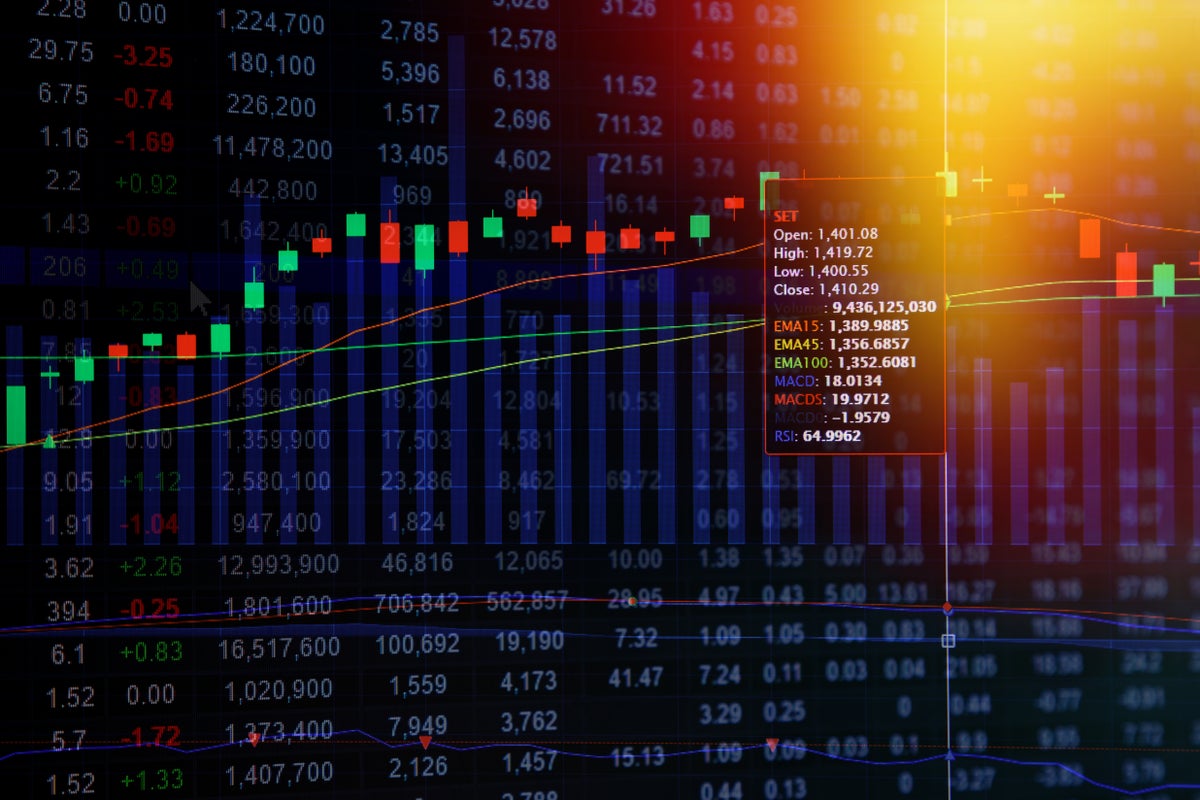[ad_1]
AT A GLANCE
- Equities have repriced to adapt to both higher bond yields and the possibility of a recession
- Bond yields are in new territory and are more or less in line with perceived long-term inflation expectations, plus a risk premium
Over the last year, major changes occurred, so 2023 will be about managing and reacting to the changes that arrived.
In 2022, inflation surged, while supply chains struggled. To fight inflation, the U.S. Federal Reserve raised rates and started to shrink its balance sheet. The Bank of England and the European Central Bank followed. Equities swooned, especially high growth tech stocks. Bond yields rose, with prices falling sharply. Russia invaded Ukraine. And at the end of the year, China abandoned its COVID-zero policy.
As we enter 2023, the pessimism of 2022 may shift to optimism, as economies and markets adapt to the major changes thrust upon them in the year just passed.
Scan the above QR code for more expert analysis of market events and trends driving opportunities today!
Inflation is clearly receding, although perhaps not fast enough for some. The Fed has guided that it may soon find its peak rate, probably in the first quarter of this year. Equities have repriced to adapt to both higher bond yields and the possibility of a recession. Bond yields are in new territory and are more or less in line with perceived long-term inflation expectations, plus a risk premium.
While the Russia-Ukraine war grinds on, Europe has coped surprisingly well and done an amazing job of adapting to the loss of Russian energy supplies. And while China’s exit from COVID-Zero will likely be bumpy, a strong recovery, once it takes hold, may ignite global commodity demand.
While not exactly overflowing, the glass appears even a little more than half full as the year of reacting to change commences, following a year of major transitions and titanic shifts in the economic and market landscape.
This post contains sponsored advertising content. This content is for informational purposes only and not intended to be investing advice.
Image sourced from Shutterstock
[ad_2]
Image and article originally from www.benzinga.com. Read the original article here.

